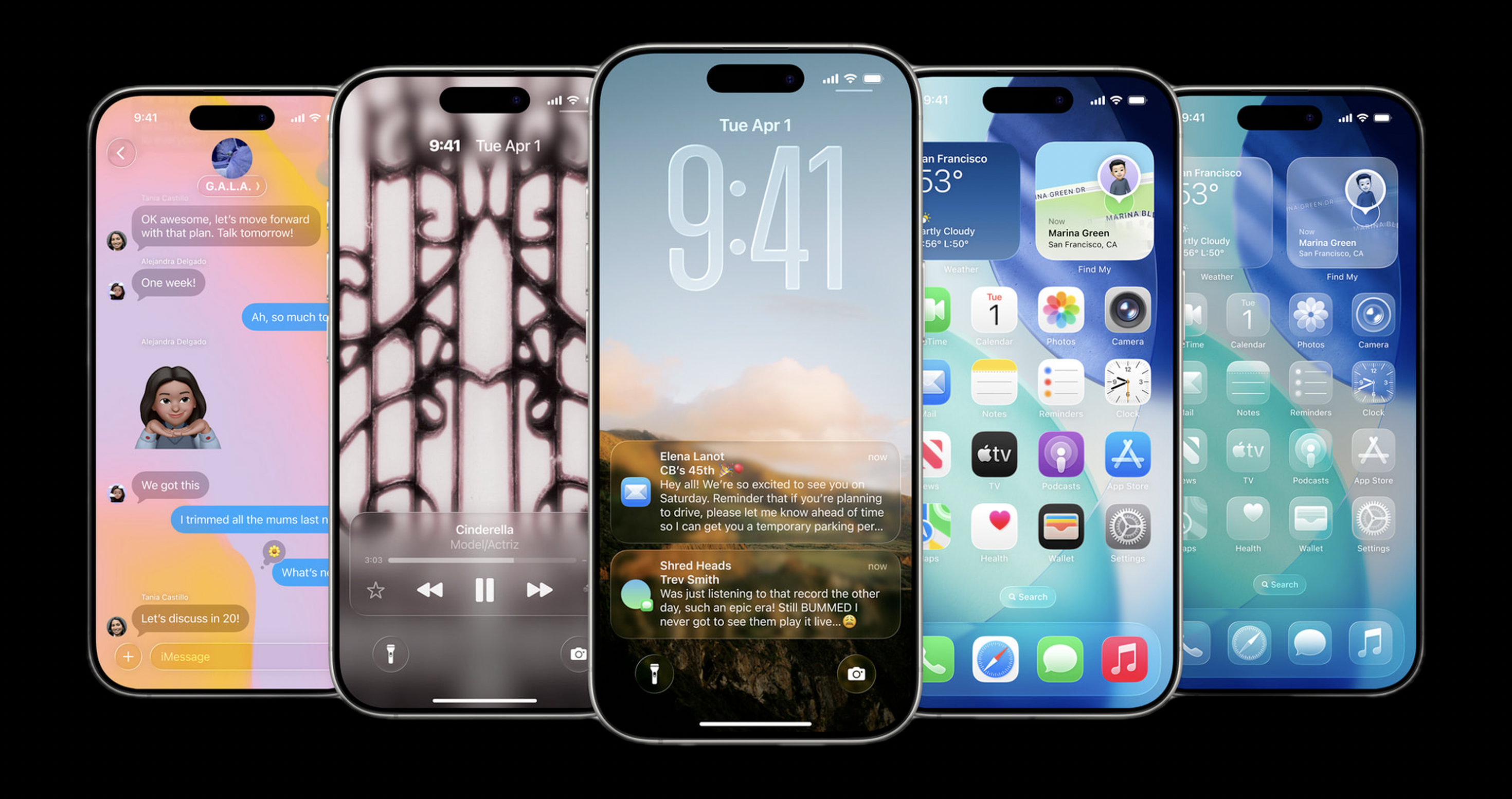Your email list shows steady growth, subscribers are turning into customers, and your abandoned cart and browse abandonment emails are driving more revenue. What’s next? It’s time to come up with a strategy to approach (and win back) the inactive portion of your list—a portion that grows every day.
According to Marketing Land, an average of over 66% of marketers lists are inactive. That’s a huge chunk of your list that isn’t opening or engaging with your emails. It’s easy to treat these inactive subscribers like everyone else on your email list, but continuing to blast them when they show no signs of engaging will damage your email deliverability.
The best thing to do? Create a win-back email series that’s optimized to re-engage your inactives at exactly the right time, with exactly the right messaging. These inactive subscribers were interested in your brand once upon a time, so there’s a high chance you can pique their interest again with the right email content. Plus, it costs 5x more to attract a new customer than to keep an existing one, making this a smart money move for your brand. Let’s dive into this ultimate guide on creating a successful win-back email series.
Step 1: Segment out your inactive subscribers
The first thing you’ll need to do is separate inactives from your main email list. Hive automatically buckets your subscribers by engagement level, but if you’re on a different email service provider (ESP), you’ll need to create a segment to capture customers who haven’t opened or clicked an email in a while. This will ensure you don’t continue including inactives in your main email blasts, and creates the segment you’ll build your win-back email series for.
Step 2: Think—what do your customers care about?
Remember, the goal of a win-back email series is to send emails designed specifically to appeal to subscribers and get them to re-engage with your brand. You’ll need to think about what types of content will best get them to open and click through your emails. This can vary for every brand, but think along the lines of:
- Your brand values: What sets you apart from your competitors?
- Discount codes: Are your customers price-sensitive?
- Exclusive content: Do your customers respond well to first-access content
You’ll be able to leverage the things your customers care about to form the steps of your win-back email series. This leads us to step 3.
Step 3: Plan out your win-back email series
Once you’ve figured out what content will best re-engage your inactive subscribers, you can plan your actual win-back email series. You’ll want to decide how many emails to include, the goal for each one, and the time delay between each one.
Here’s a general outline you can reference when planning your own, including examples of smart win-back email subject lines:
Win-back email #1: Send after a subscriber doesn't open or click your last 10 emails
Subject line: Still interested in the latest shows?
Start with a simple approach. Encourage subscribers to update their preferences so they get updates on the events they care about. Let them choose genres, artists, or venues, and share their location for tailored content. This helps rekindle interest by ensuring they receive relevant updates.
Win-back email #2: Send 2 days after win-back email #1
Subject line: Here’s early access to our next big event—just for you!
If the first email doesn’t spark interest, offer exclusive early access to tickets or VIP perks. Fans love being in the know and getting special treatment. This could be the boost they need to re-engage and get excited about your events again.
Win-back email #3: Send 1 week after win-back email #2
Subject line: Last chance—get an exclusive discount on your next ticket purchase
For the final email, offer a tempting discount, like a 10% discount to an upcoming event. It’s a balanced way to re-engage subscribers without giving too much away. Make the offer clear, time-sensitive, and emphasize that it’s a limited-time deal. If this last nudge doesn’t work, consider removing them from your active list to maintain strong deliverability and focus on engaged subscribers.
Bonus win-back email idea: Tackle the Gmail promotions tab problem
Many promoters struggle with emails landing in Gmail’s promotions tab. Ask subscribers to move your emails to their primary tab so they don’t miss out on exclusive offers, event updates, or important announcements. This small step can significantly increase visibility and engagement, keeping your fans excited about what’s coming next.
Step 4: Set up your win-back automations in your ESP
Now for the fun part—designing email templates and setting up email automations in your ESP. Remember, each of your win-back emails must be optimized to re-engage your inactives. When it comes to email design best practices, everything from design to call-to-action (CTA) placement to the subject line matters.
Step 5: Monitor your results and update your series
Watch your win-back email series over the first few weeks of setup to see how your subscribers are engaging, and what areas you can optimize. There could be a specific step in the series that outperforms the rest. Alternatively, you may want to increase or decrease timelines, or you may even find you want to change the timeframe of when a subscriber is deemed inactive. These are all unique to a brand, so be on the lookout and don’t be afraid to update your welcome series.
Wrap up
That’s it! A step-by-step guide to creating a win-back email series that will successfully re-engage your inactive subscribers.



